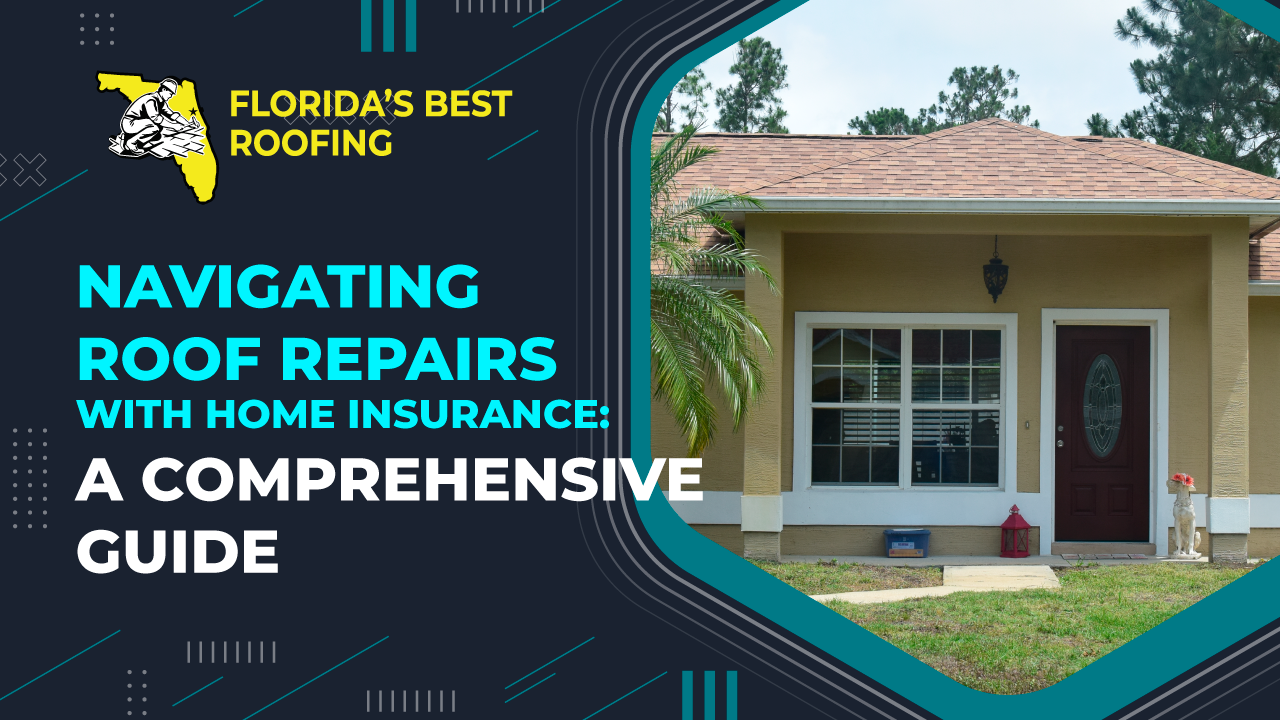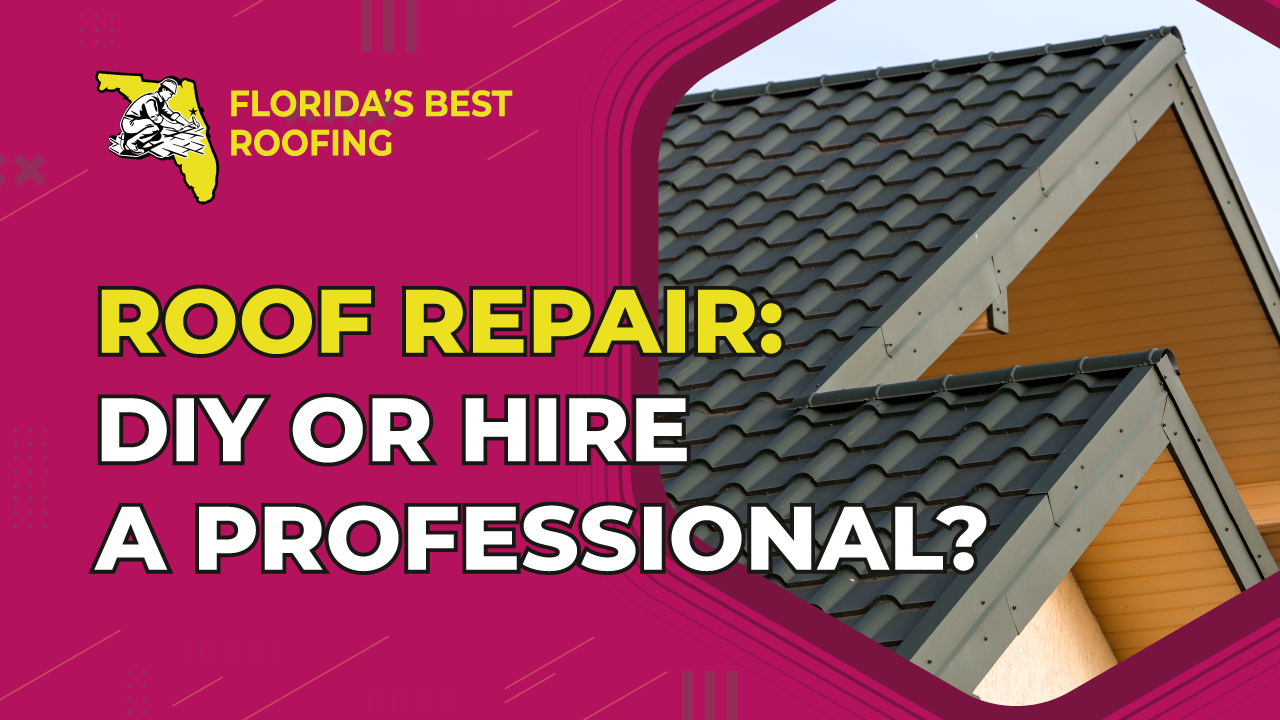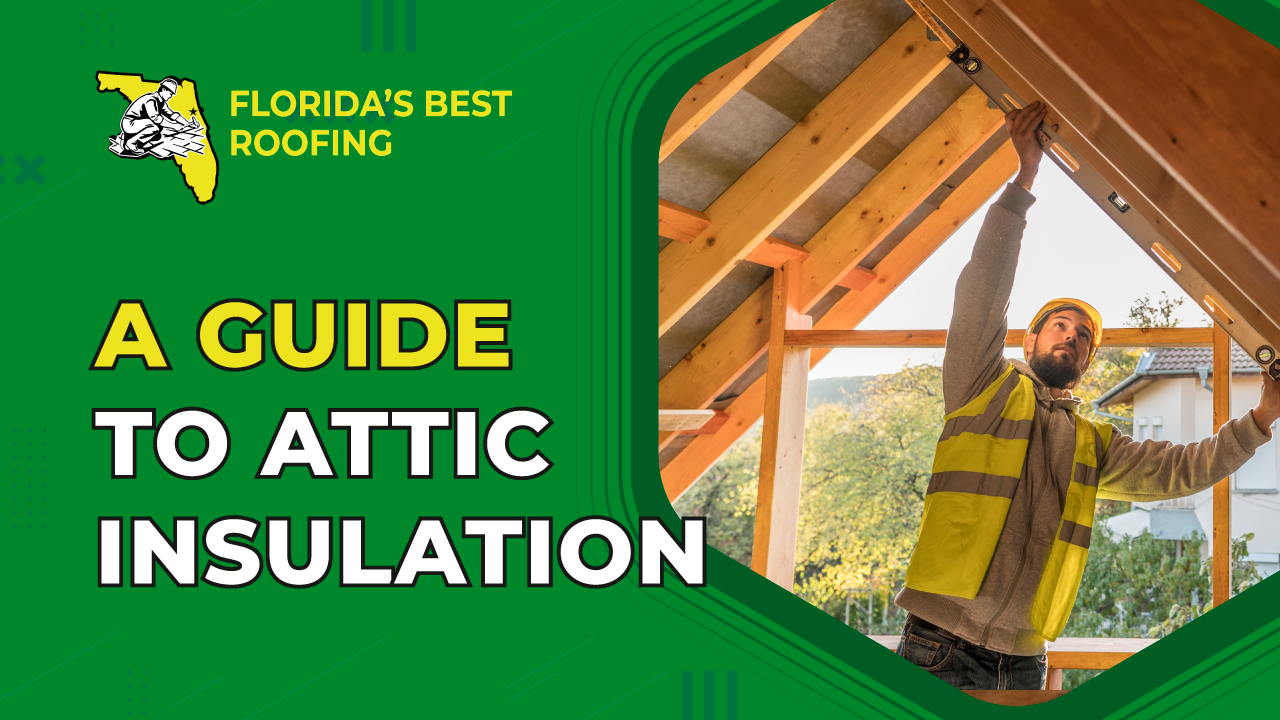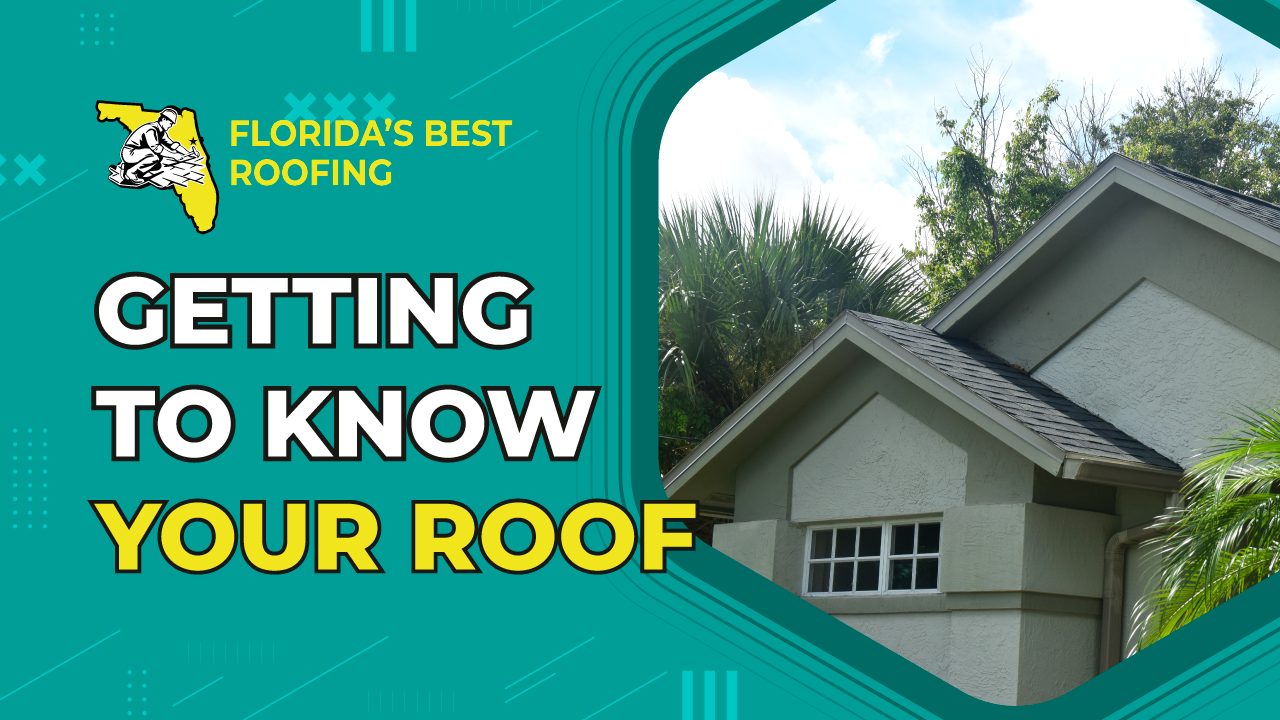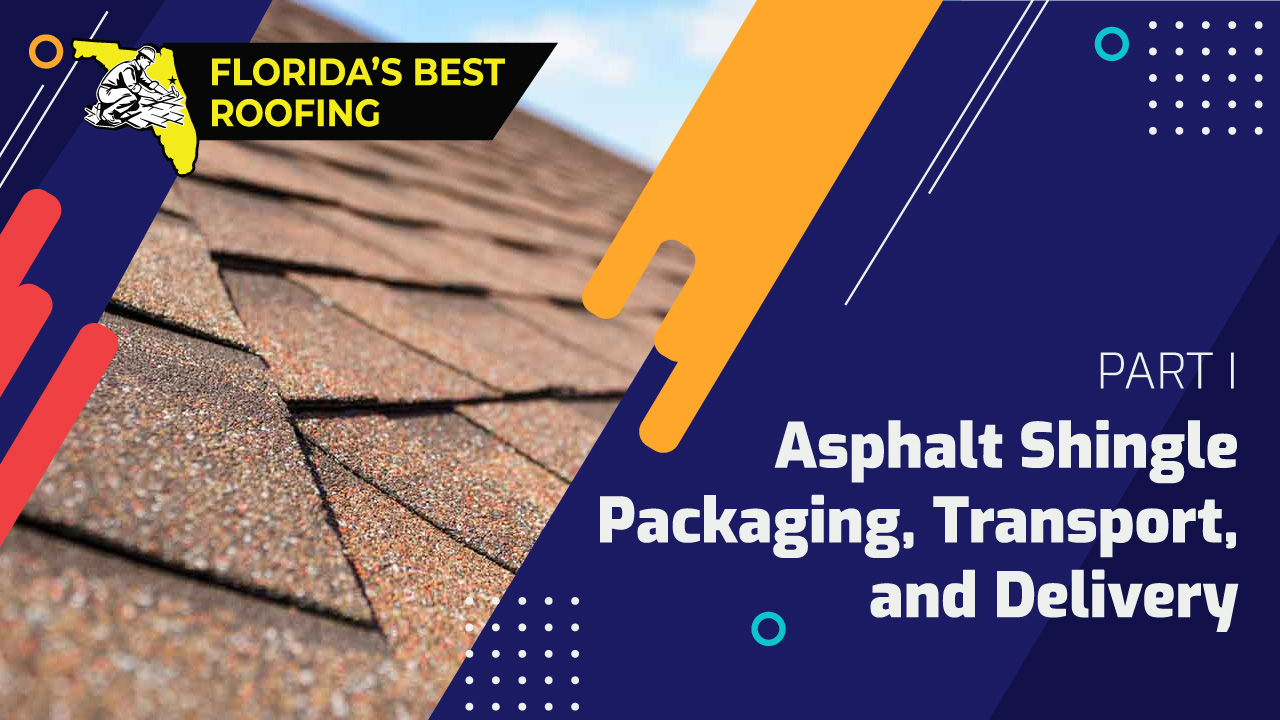Navigating Roof Repairs with Home Insurance: A Comprehensive Guide
Curious if your home insurance extends to cover your roof repairs? Let’s delve into the details. As a homeowner, your insurance policy is your safety net for damages, aiming to restore your residence to its former glory. However, the coverage nuances depend on the specifics of the damage.
Covered Damages:
Typically, home insurance steps in to cover roof damages arising from weather-related events like wind, hail, lightning strikes, tornadoes, and fire. Even indirect damages, such as tree collateral from strong winds, are often part of the coverage. Notably, damages from improper installation, manufacturing defects, and the natural aging processes are usually excluded.
Limited Life Expectancy:
Roofs age differently based on the materials used. Shingle roofs typically have a life expectancy of 15-25 years, while tile roofs can endure for 40-50 years. Gradual wear and tear, including shingles becoming brittle or metal corroding, are natural processes that affect roofs over time.
Hurricane Deductible:
For those residing in storm-prone regions like Florida, insurance policies frequently include a deductible specifically for named storms. This “hurricane deductible” is distinct from standard deductibles and typically amounts to 2% of the Dwelling A limit on a policy.
Initiating a Claim:
In the event of damage covered by your policy, swift initiation of the claims process is paramount. While Florida law allows a three-year window from the date of loss to file a claim, early reporting is recommended to prevent exacerbation of damages. It’s noteworthy that interior leaks resulting from roof damage are also within the scope of home insurance coverage.
Documentation is Key:
When filing a claim, meticulous documentation is the linchpin. Insurance companies necessitate comprehensive evidence for claim approval. An appointed adjuster will scrutinize both roof and interior damages, underscoring the importance of detailed documentation. Scheduling an appointment during which a representative can be present ensures effective and accurate damage documentation.
Detecting Roof Damage:
Spotting roof damage, especially before it translates into interior leaks, can be challenging. Missing shingles or cracked tiles often escape notice. Engaging a seasoned roofing contractor, such as Florida’s Best Roofing, is a reliable strategy to identify damage and its root cause. Avail yourself of our free roof inspections, expert advice on insurance coverage, and assistance in establishing the damage date based on your roof’s age and local weather patterns.
Conclusion:
For all-encompassing roofing solutions in Palm Coast, connect with Florida’s Best Roofing at 386-263-7906. Our free estimates not only ensure the optimal condition of your roof but also demystify the complexities of insurance coverage. Trust us to provide expert solutions tailored to your needs, enhancing your peace of mind.

